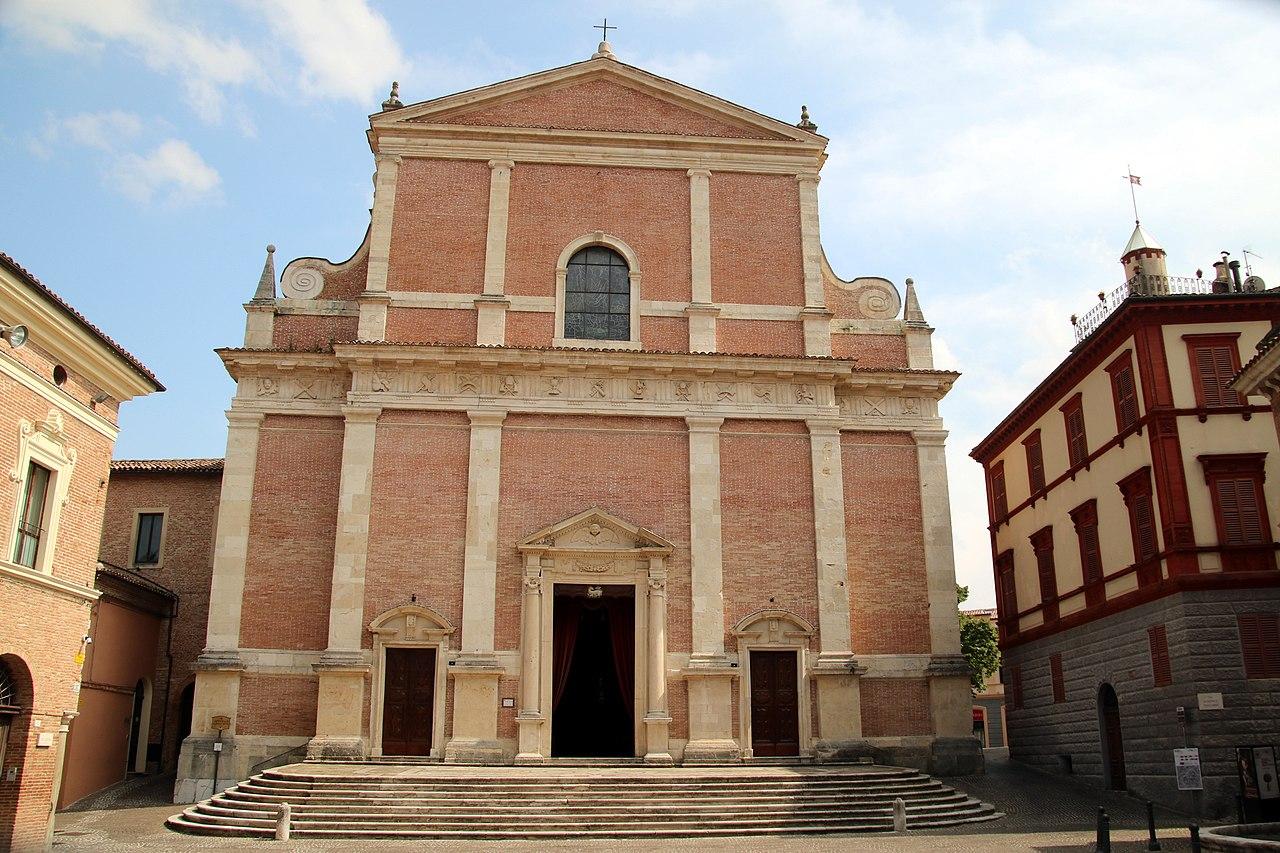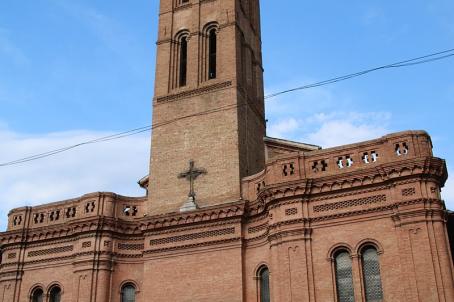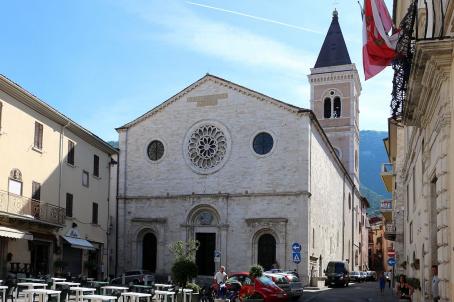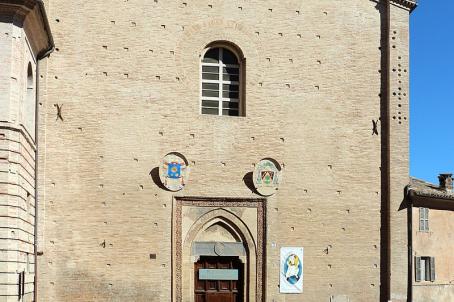Fabriano Cathedral
Fabriano Cathedral was first mentioned in documents in 1047, and two centuries later, in 1253, it became the mother church of the town. The building underwent important extensions in the second half of the 14th century: the construction of the apse and the tribune date from this period. At the beginning of the 17th century, under the impulse of the reformist ideas, the church was rebuilt by the architect Muzio Oddi (1607-1617). The precious interior decoration with stuccoes by Francesco Selva from Ticino dates back to this phase. The church did not become a cathedral until 1728. The present bell tower dates back to the 19th century.






